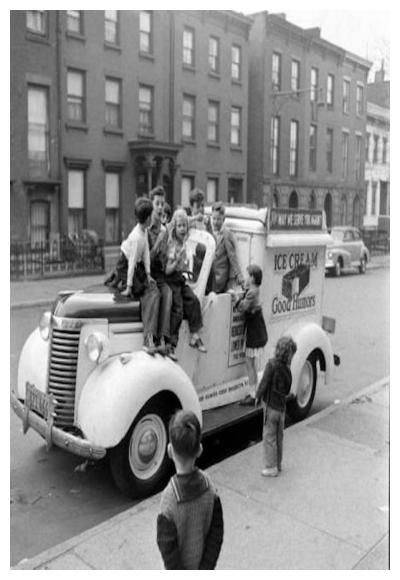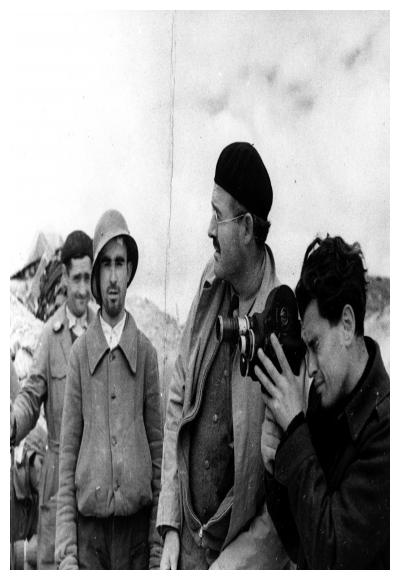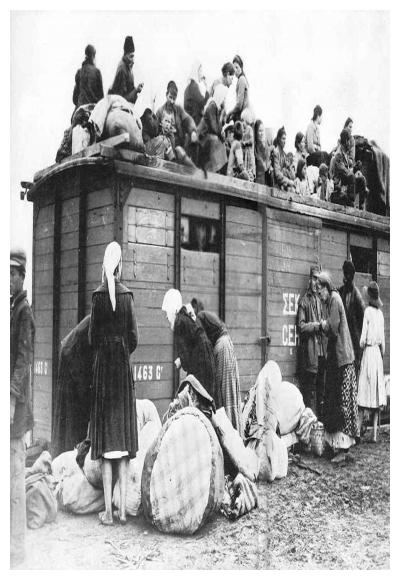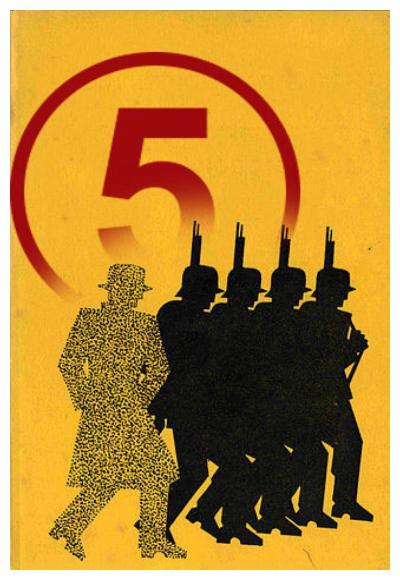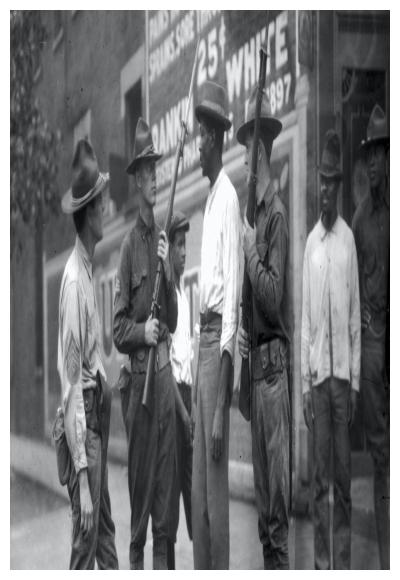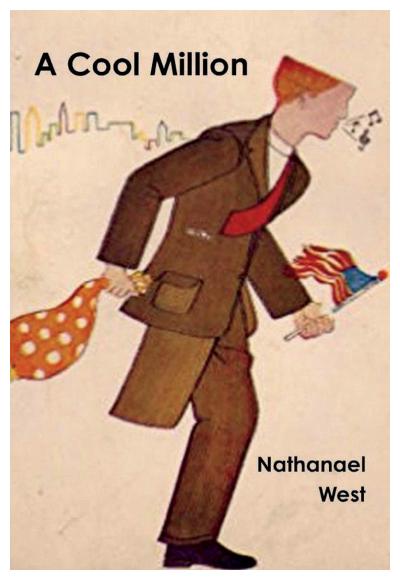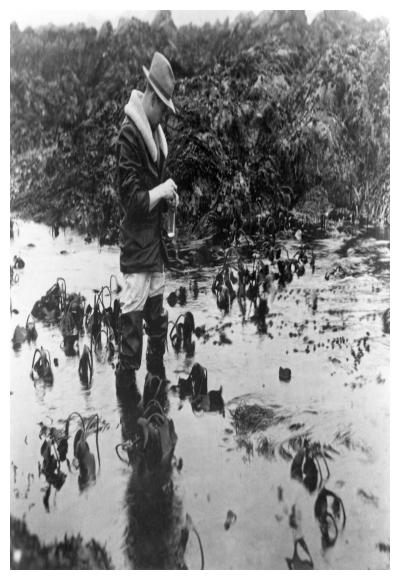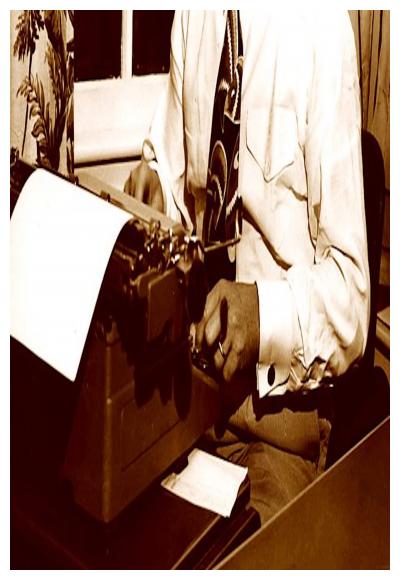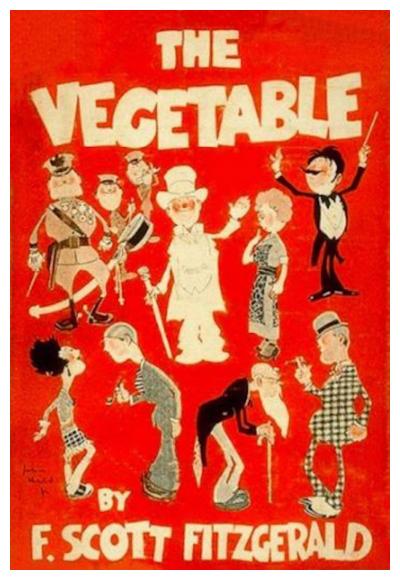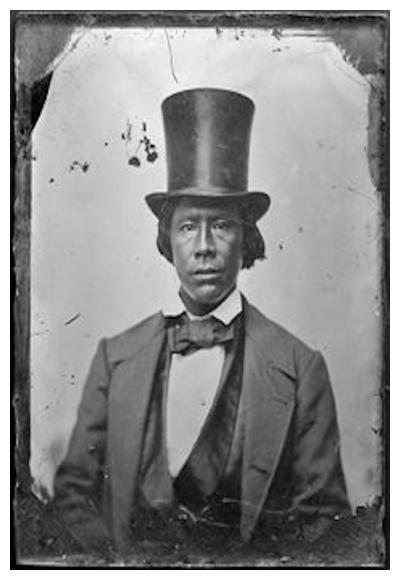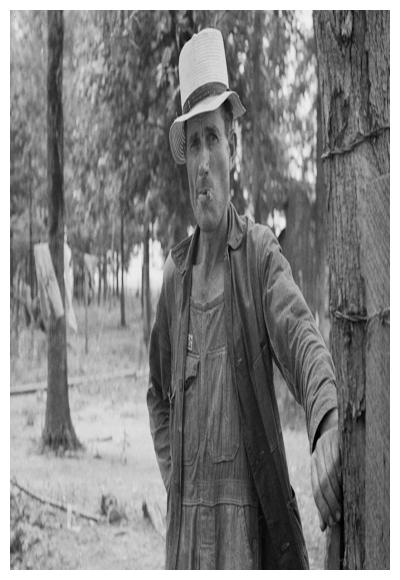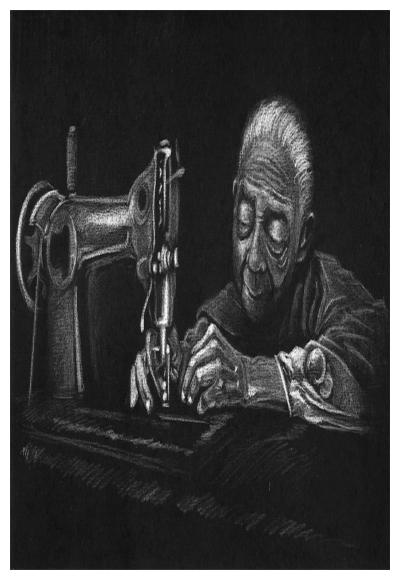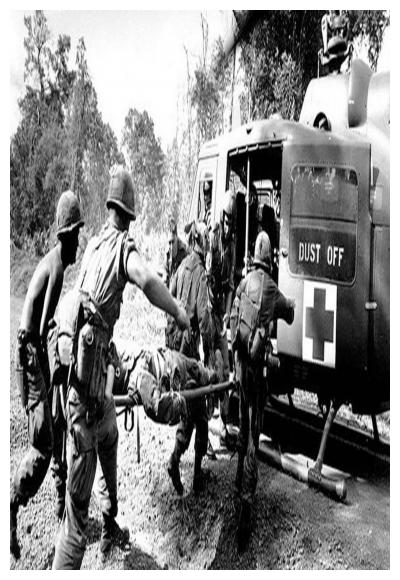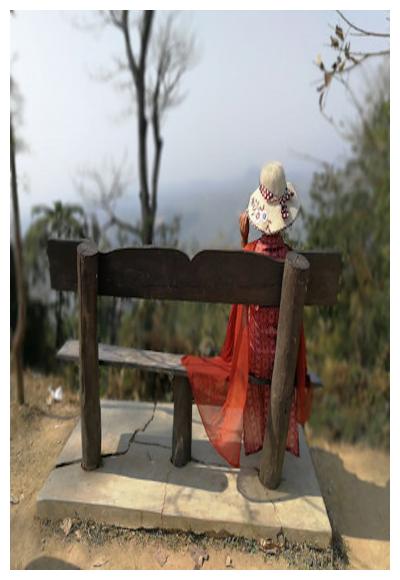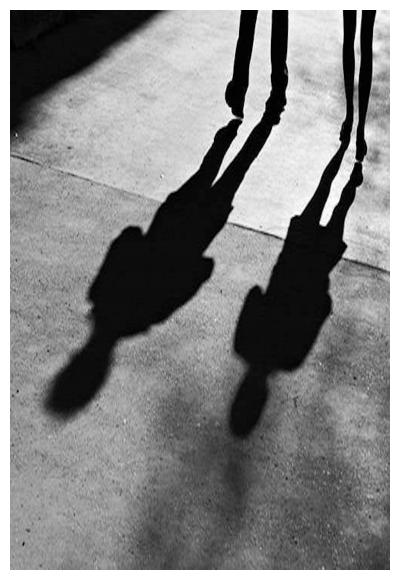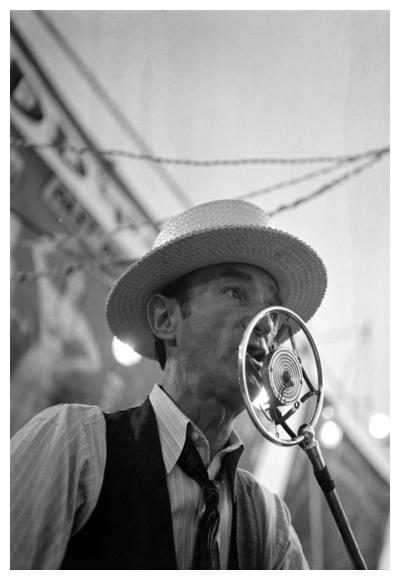
Synopsis/Details
Rural Vermont, 1918. In the right hand of a boy in his early teens, a buzz saw makes a harsh, loud sound. Dust flies about in the farmyard as the saw cuts pieces of wood for the stove; the dust smells sweet as it floats away on the wind. The saw makes the same noise again and again, whether it is cutting wood or not. The scenery itself is beautiful: five mountain ranges are visible beneath the Vermont sunset.
The boy's sister arrives and calls him to supper. As the boy becomes momentarily distracted, the saw jumps out at him, making contact with his left hand. In shock, the boy laughs nervously before turning toward his sister, his sliced hand held aloft in an attempt to keep the blood from gushing out. The boy understands that the situation is serious—so serious that he begs his sister not to let the doctor cut off his hand. She runs to summon an ambulance.
At the local hospital, the boy is anesthetized with ether; his left hand has been amputated and is now heavily bandaged. The boy breathes with difficulty, and the attending nurse notices that his pulse is dropping rapidly. She calls the doctor, who listens at the boy’s heart and confirms that he is dead. The nurse covers the boy with a sheet and then, along with the doctor, goes about other business in the emergency room.
Two porters bring in a seriously ill young man atop a gurney, after which they wheel out the dead boy. The nurse and the doctor immediately attend to the young man’s needs. The porters begin to transport the dead boy through the waiting room, to the morgue. As they do so, they pass two seated American soldiers, in uniform, who have recently returned from the war in Europe and wait for a friend of theirs who is receiving medical treatment.
Story & Logistics
Story Type:
Rite of Passage
Story Situation:
Disaster
Story Conclusion:
Tragic
Linear Structure:
Linear
Moral Affections:
Intemperance
Cast Size:
Several
Locations:
Single
Special Effects:
Minor cgi
Characters
Lead Role Ages:
Female Adult, Female under 13, Male Adult, Male Teenager
Hero Type:
Ordinary, Unfortunate
Villian Type:
Machine
Stock Character Types:
Boy next door
Advanced
Adaption:
Based on Existing Fiction
Subgenre:
Coming of Age, Disease/Disability, Drama, Gore, Horror, Life Story, Literary Adaption, Medical, Tragedy
Action Elements:
Physical Stunts
Equality & Diversity:
Disabled Protagonist
Life Topics:
Coming of Age, Death
Drug Topics:
Legal Drugs
Super Powers:
Physical or mental domination
Time Period:
Age of Oil (after 1901), Late modern period, Machine Age (1880–1945), World War I (1914–1918)
Country:
United States of America (USA)
Time of Year:
Autumn/Fall
Illness Topics:
Physical
Relationship Topics:
Family, Genetic, Sibling
Writer Style:
Stanley Kubrick, Stephen King

